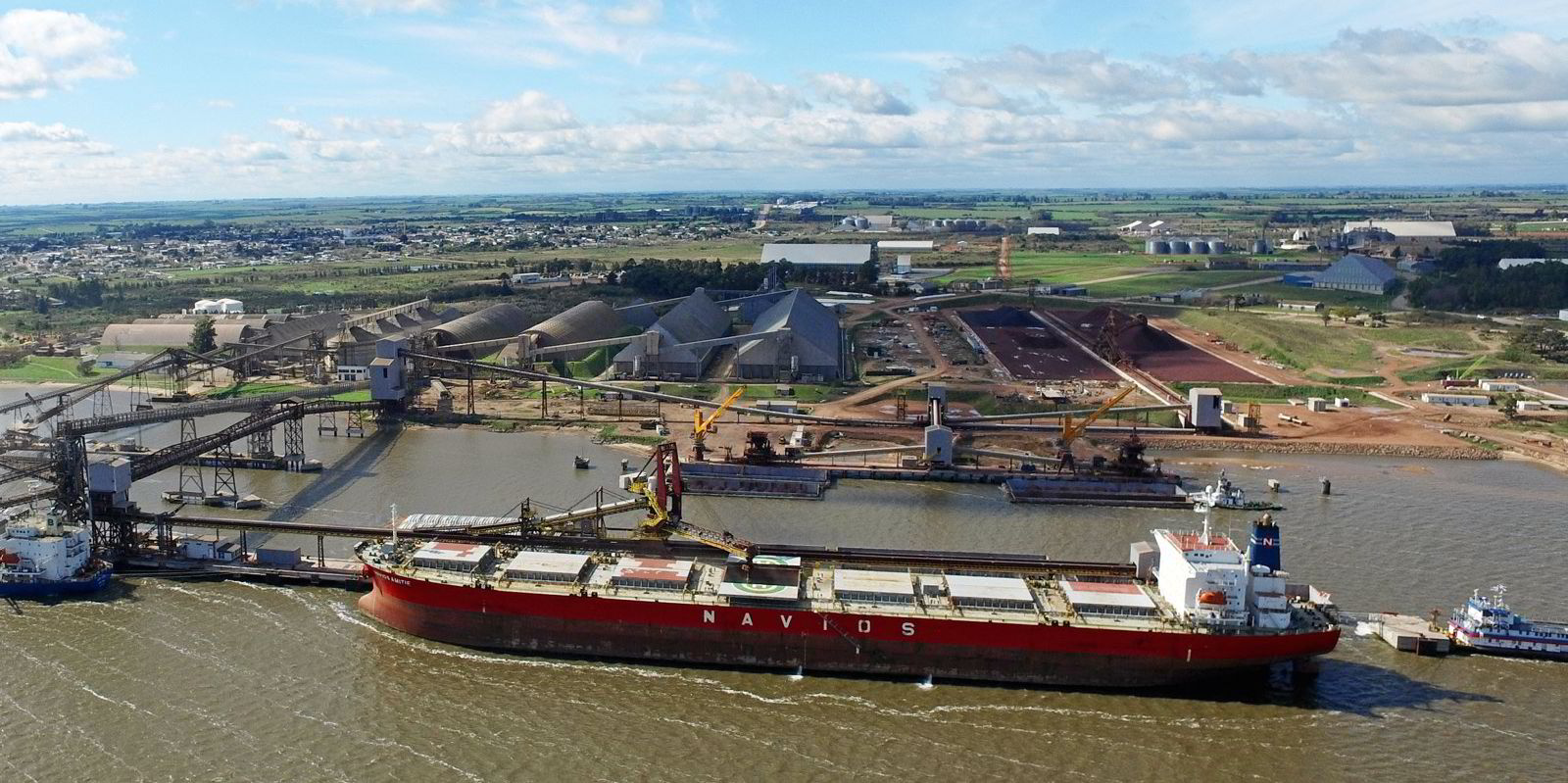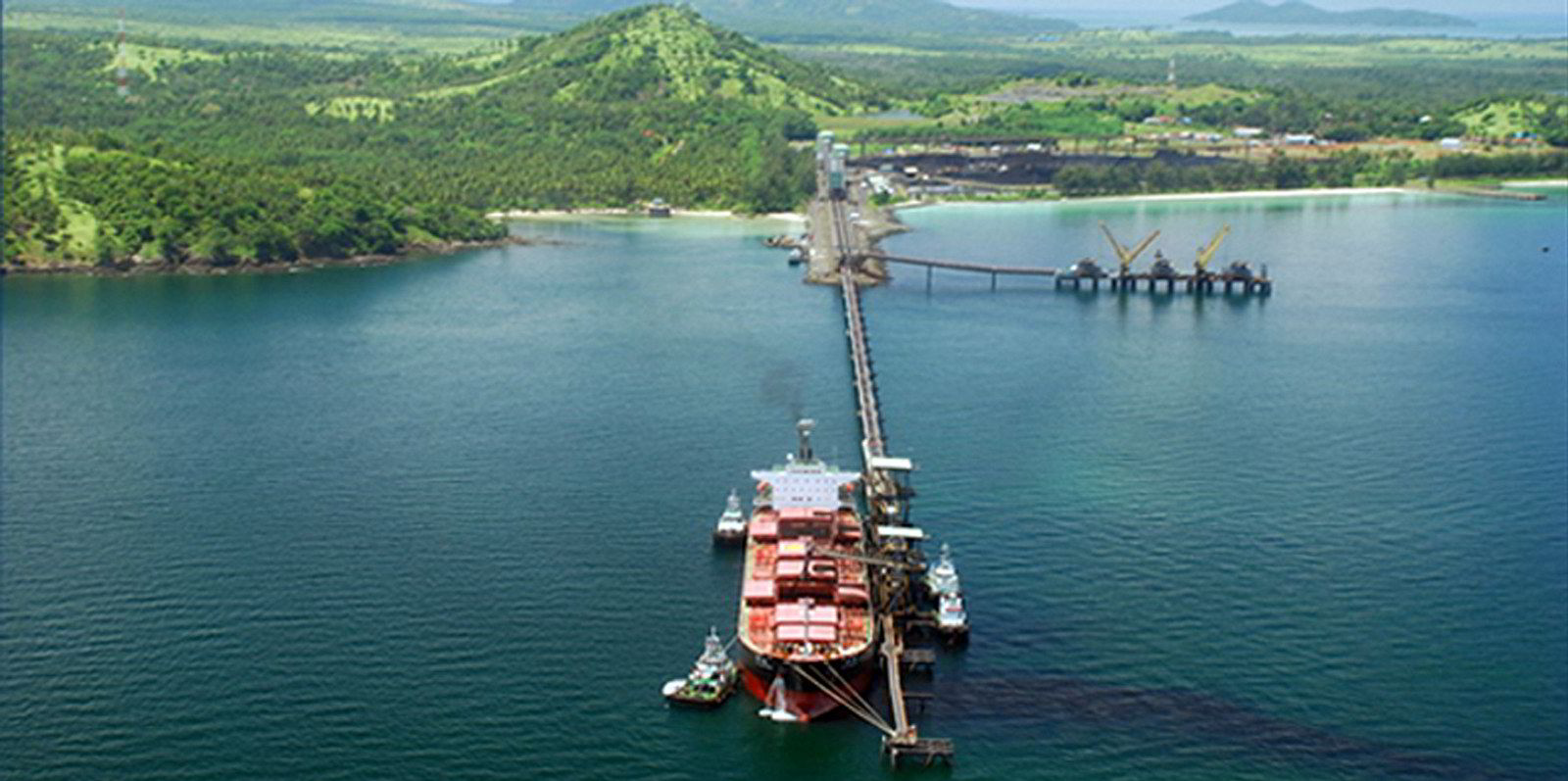Slumping Atlantic market for panamax bulkers is seeing some hope on paper for higher spot rates, but that does not necessarily mean that a floor for spot rates is on the way, a broker said.
The average spot rate for the Baltic Exchange’s P7 route from the US Gulf Coast to Qingdao has fallen 19.7% since 1 August to $52.44 per tonne on Thursday, while the P9 leg from Santos to Qingdao has dropped 27.9% to $39.63 per tonne on Thursday.
The Panamax 5TC, a spot-rate average across five key routes, has also been on a prolonged downward trend. It has declined 38.1% since 1 August to $11,069 per day on Thursday.
Charterers have been bidding for North Atlantic panamaxes to be laden in the US Gulf Coast and off the northern and eastern coasts of South America, giving a boost to forward freight agreements (FFAs), Barry Rogliano Salles (BRS Group) said.
“The North Atlantic TA [transatlantic ruote] is reaching levels last seen in [the second quarter of] 2020, when the Covid-19 pandemic hit,” the broker said in a report on Thursday.
“These bearish facts aside, we do see a rebound in paper this afternoon and some talk on the market that the medium-term outlook in the Atlantic is an optimistic one, such as coal demand from Europe likely to increase again for the winter season.”
Among the latest spot charters, Norden relet the 75,008-dwt Sasebo Ace (built 2011) to Cargill to ship grain from the east coast of South America to the Far East at $14,000 per day with a $400,0000 ballast bonus attached.
The ship is to load between 17 to 19 September.
At the start of August, a similar vessel fetched a stronger $20,600 per day and a $1.06m ballast bonus for the same route.
But FFAs are pointing to forward rates above today’s spot rates for the months, quarters and years ahead.
October contracts on the 5TC route basket came in at $14,454 per day on Thursday after gaining $1,004 in a day.
But brokers and owners should not get too excited over the rising paper market because cargo volumes remain low against ample tonnage in the Atlantic Basin, BRS said.
Further, operators may hold onto tonnage until next quarter as they wait for the market to improve.
“Safe to say let’s not get our hopes up too soon,” BRS said.
“At time of writing, the paper is showing some strong gains which might make some believe that a floor is in sight. However, when it comes to the physical market, we shall think of walking on eggshells before screaming ‘floor’ from rooftops.”






